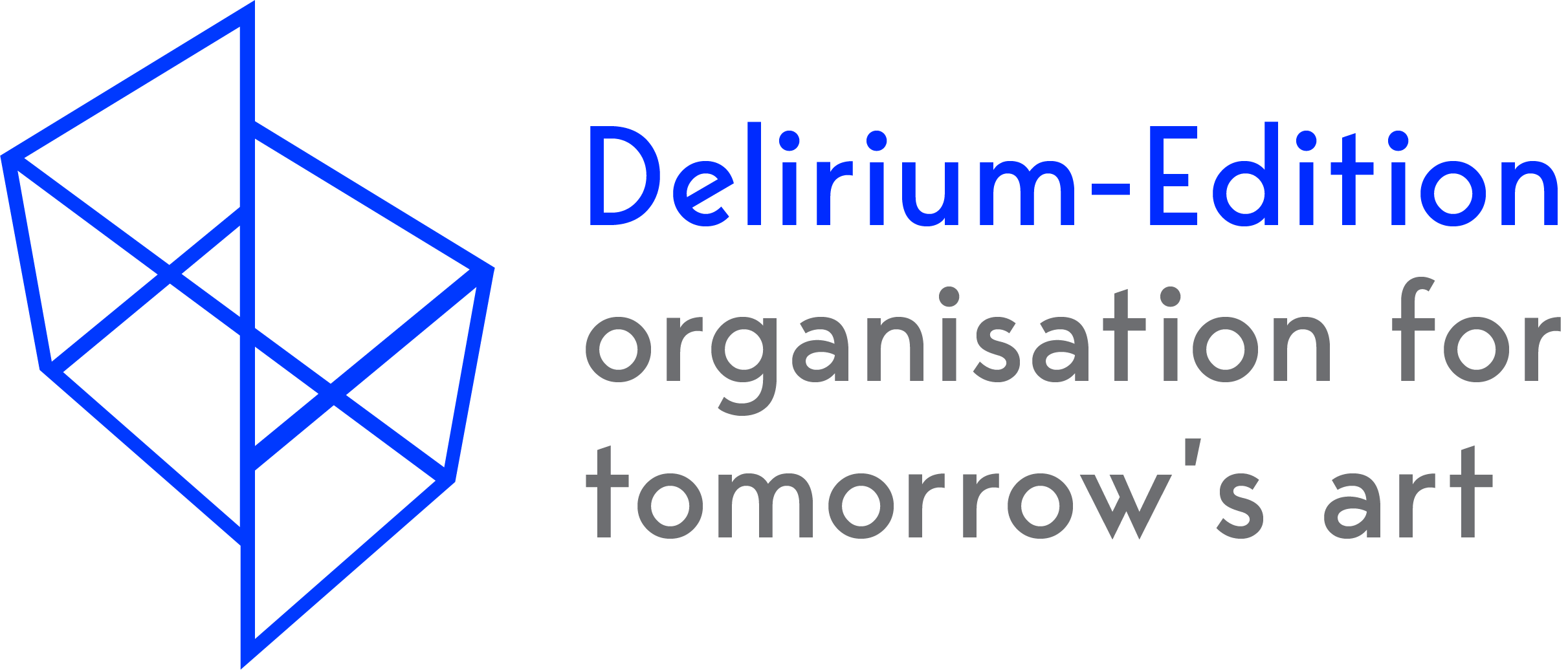
Undoubtedly, our present culture is based on technology. The pace of civilization development is correlated with the breathing rhythm of technical progress, inhale of innovation and exhale of gradual implementation and temporary stagnation. It is impossible not to notice that this rhythm undergoes constant acceleration – and perhaps, in its incessant and increasingly dramatic densification leads to some kind of a climax taking the form of Singularity, an event foretold by many scientists and philosophers, a moment that would initiate an era of something way more complex than the phenomenon of life we know today.
Singularity – a hypothetical moment in future development of the civilization after which technical progress will become so fast that any human predictions will be instantly outdated and unable to keep-up with evolution. The main reason for that is likely to be caused by creation of artificial intelligence with intellectual capacity immensely exceeding that of a human being. This A.I.s could then produce even more efficient A.I.s inducing an avalanche effect change in technology, which would then become a main domain of New Life (or “Post-Life”). It would then evolve in ways lying completely beyond human comprehension. The term was used in this meaning for the first time by John von Neumann and introduced to general public by Stanisław Ulam in 1958 (thanks to his the summary of Neumann’s achievements, published post-mortem).
However, one has to admit that the reality differs from many of the predictions that people had even not so long ago – humanity was supposed to successfully govern cities on Mars or at least on the Moon. Well, we have tablets, Instagram and Snapchat instead.
Nevertheless, one can remain optimistic about technical progress today. Just to give several examples: thanks to gene therapy we can successfully eradicate osteogenesis imperfecta, thanks to other fields of science we can grow a steak in an incubator without the need to kill an animal, once and for all cure one’s sight problems by changing the lens to a bionic one (including other features like zoom for example), hear an earthworm crawling out of a clod of earth, see what the internet search engine is dreaming about, take our beloved dog to a concert with music composed especially in his hearing range, go to work by an electric car without hurting the environment (and these can get really fast – last prototype can reach 400 MPH, soon the hyperloop trains will help us get to the other side of the continent in time that we take today to move between neighbouring big cities, not mentioning underwater hotels, weekend trips to the planet’s orbit, hypothetical possibility of consciousness digitization and the whole revolution following such an invention – saving memories, sending personal sensations as easily as we now send pictures and GIFs on Facebook, or installing pieces of internet information directly in our brains. Of course in such case humanity will have to face some serious problems coming with that technology (it is not difficult at all to imagine the possibility of projecting advertisements during sleep or even more dangerous – installing prepared, fake memories without one’s permission). I would like to remind you that part of the scientists, many of them being members of American Medical Association is bringing up the idea of enlisting aging on the international disease list. On the other hand, taking current accelerating A.I. development pace into consideration we slowly come to an agreement with a statement of one of the characters from a terrific 2015’s Alex Garland movie Ex Machina: “It’s not the history of man. That’s the history of gods”.

Alex Garland (dir.) – Ex machina (2015)
Genetic algorithms, artificial neural networks and A.I.s help us in better understanding the basis of creative processes and, in a much broader context, they impose on us a question of redefining the term “phenomenon of life” in general. I personally consider something as a life form if it shows a set of specific features and potentiality to interact originating from a certain arrangement of particles which enables a special energy flow, all of that developed during an emergentive process of forming the matter.
GENETIC ALGORITHMS, ARTIFICIAL NEURAL NETWORKS AND A.I.S HELP US UNDERSTAND BETTER THE BASIS OF CREATIVE PROCESSES AND, IN A MUCH BROADER CONTEXT, THEY IMPOSE ON US A QUESTION OF REDEFINING THE TERM “PHENOMENON OF LIFE” IN GENERAL
At the dawn of augmentation of living organisms (I personally strongly support the hypothesis that along with consistent robotization of the society, after development of conscious A.I. humanity will encounter the fusion of the two forms of life, merging into cyborgs, not the extermination of one of the species) our current culture of artistic creation is too little inseminating and too little stimulating in the field of new values, semantics and advancement in the psychophysical efficiencies of an effectively working human being in the 21st century.
The term „augmentation” stands for various methods of technological and biochemical extensions of a physical body of a living organism. For example one can mean by that the usage of implants improving the capabilities of sensory receptors (inner ear implants, bionic lenses, etc.) Similarly, the term stands also for orthoses and other external extensions connected to the body the whole time, thanks to which one becomes much stronger and/or capable of moving in a way that is impossible otherwise. The other trend in human augmentation movement is focused on specific ways of brain functioning improvement, implementing artificial neural networks or building connections between organic brain and a computer. The augmented ones – cyborgs (this term derived from words “cybernetic” and “organism” had been forged by Manfred Clynes in september 1960) are also referred to as homo sapiens 2.0.
The transhumanistic cyborgization that occurs around us since a couple of years already is indeed opening new horizons, areas of sensations and interactions with the environment that remained unknown before. In this light, the so-called aesthetics of the material – whose death was so easily and readily pronounced by the majority of post postmodern representatives of new conceptualism and relational art becomes enriched with a plethora of new qualities that one can explore. Diving in them could significantly influence exploration can significantly influence the development of sensitivity and sensuality, and thus, especially – the awareness of artists and audiences (affecting both in the same way, actually). It is obvious that the reception of art is not just for consumption, it is necessary to possess any kind of basic skills of “composing within perception”. One has to establish an inner structure of the information that is previously received purely in the sensory way and, in addition, the ability of designating correlated “semantic intervals” with perceived sensations.
Carsten Nicolai – reflektor distortion from studio carsten nicolai on Vimeo.


